In an ideal world where I would follow eXtreme Programming practices, (not just TDD) my customer is supposed to provide me with some automated functional test. When such test goes green I stop writing tests and go to my customer to ask for some more functional tests that do not pass (because tests are specification and if my customer does not provide me with failing tests I won't know what to do)
I could explain it another way, aimed at a more prectical world. At XP France we organize TDD Dojo's on a regular basis (once a week). You could call taht TDD training sessions. There we use to practice TDD on some toy problems. When doing this the idea is to propose a test that fail, then write code to make it pass. Never propose a test that works without coding.
Whoever propose a test that goes green without any code should pay beers to others. So that's a way to know it's time to stop testing: when you are not able any more to write tests that fails you are finished. (Anyway coding after drinking is bad practice).
